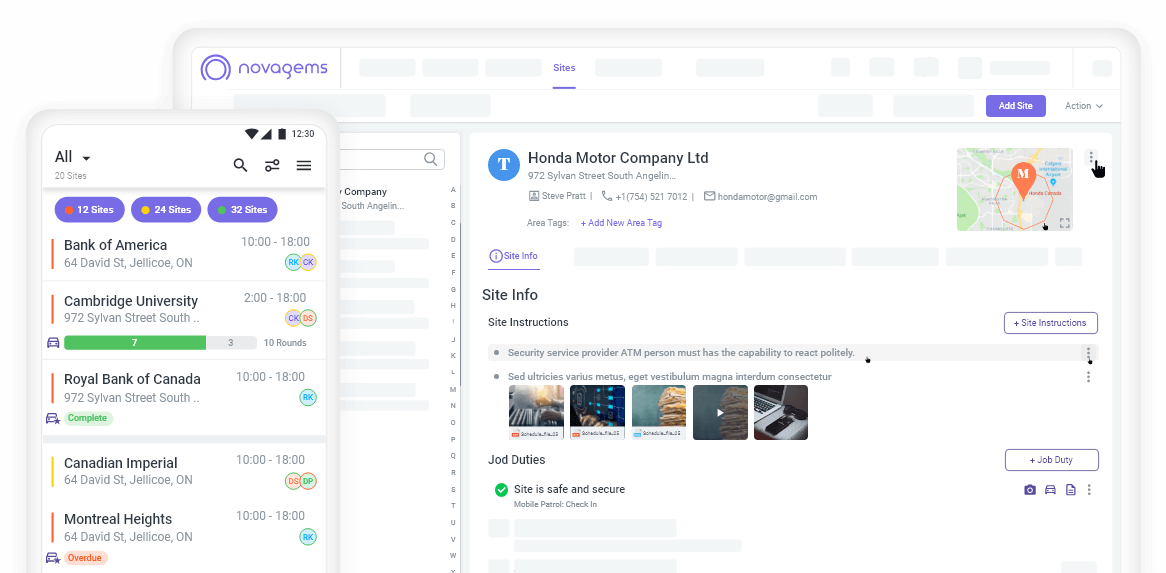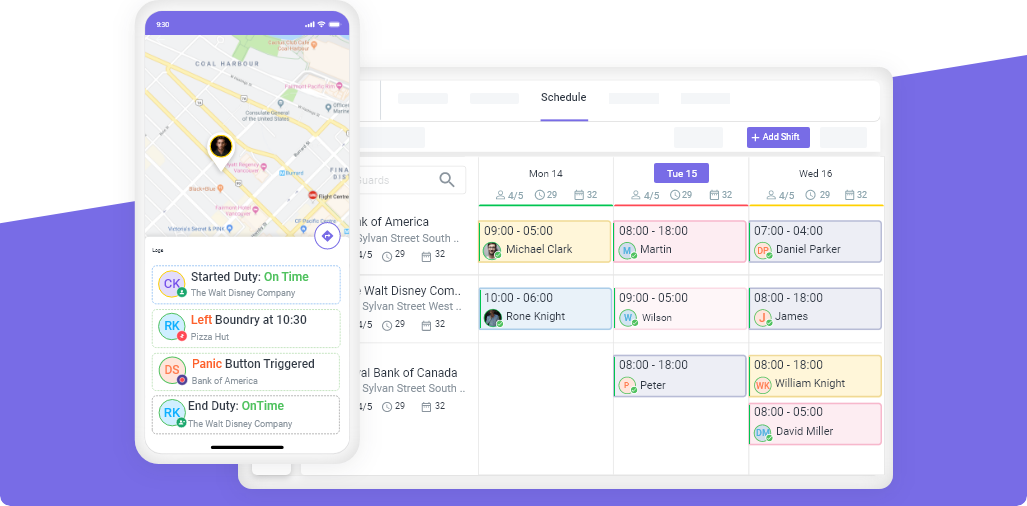How Workforce Management Can Elevate Employee Experience
Published on: Wed, Jun 4, 2025
Read in 5 minutes

Why Employee Experience Matters in Today’s Workforce
The way employees feel about their work environment, job responsibilities, and the support they receive from management plays a critical role in the success of any business. This is what we call the employee experience. It covers everything from the moment a person applies for a job to their daily work routines and how their career grows over time.
In today’s competitive job market, creating a positive employee experience isn’t just a nice-to-have—it’s a strategic advantage. Employees who are satisfied and supported are more likely to stay, be productive, and contribute to a healthy workplace culture.
A strong workforce management strategy—the process of effectively scheduling, monitoring, and supporting employees—is a powerful tool for improving the employee experience. It helps businesses match labor supply with demand, reduce employee stress, and build transparency and fairness. Companies that implement a smart labor management system see fewer absences, lower turnover, and higher morale.
1. Scheduling and Flexibility
Today’s workforce demands more flexibility. Traditional 9-to-5 schedules don’t suit everyone. Parents, students, part-time workers, and those with other responsibilities often need control over when they work.
A good labor management system offers flexible scheduling software that allows employees to view available shifts, submit their availability, swap shifts with coworkers, or request time off, all through a mobile or desktop app.
This freedom helps employees plan their lives better and feel more in control. When people are allowed to choose shifts or adjust their work hours, they’re more likely to be satisfied and show up ready to perform.
2. Supporting Work-Life Balance
Work-life balance is essential for employee well-being. Long hours, overtime, and poor scheduling practices can lead to burnout, absenteeism, and even resignations.
Workforce management software allows managers to enforce fair labor practices like scheduling breaks, limiting overtime, and rotating weekend work. By respecting employees’ personal time, businesses can reduce stress and create a more loyal workforce.
A well-balanced schedule makes employees feel valued and respected, which leads to better job performance and stronger retention.
3. Seamless Access to Information Through Self-Service
One of the most frustrating things for employees is not having easy access to their schedule, timesheets, or payroll data. That’s where self-service features come in.
Modern employee management systems allow staff to:
- Check their upcoming shifts
- Request time off
- Submit availability
- View hours worked
- Track pay and benefits
This reduces the need to contact managers for every small query and makes employees feel empowered. When people can manage their work details on their own, they feel more in control and satisfied with their experience.
4. Ensuring Fairness and Transparency
Fairness matters. If some employees consistently get better shifts, more hours, or more favorable tasks without explanation, others will feel left out or demotivated.
Scheduling software allows businesses to apply consistent rules. It can automatically rotate schedules, assign shifts evenly, and approve time-off requests based on seniority or availability.
This transparency builds trust. Employees understand how decisions are made and are more likely to accept scheduling outcomes, even if it’s not always what they hoped for.
5. Career Development and Skills Tracking
Employees want to grow. They want to learn new things, take on more responsibility, and move up in their careers. A robust labor management system can support this by tracking employee performance, training certifications, and skill development.
Managers can use this data to offer training, recommend promotions, or assign employees to new roles. Employees can also use this information to see their progress, understand where they need to improve, and set goals for the future.
When people feel like they’re growing, they’re more likely to stay and invest in their work.
6. Reducing Stress and Boosting Engagement
Chaotic schedules, sudden shift changes, and lack of communication lead to stress, and stressed employees don’t perform well.
Workforce management tools reduce this chaos. They send reminders, provide updates, and make it easy to plan ahead. Real-time updates also allow quick responses to call-outs or shift changes, helping both employees and managers feel more in control.
When the work environment is predictable and transparent, employees are more likely to be engaged and focused on doing their best work.
7. Supporting Remote and Hybrid Work
The workplace has changed. Many businesses now operate with remote or hybrid teams. Managing these teams effectively is challenging without the right tools.
Employee management platforms make it easier to:
- Track attendance from anywhere
- Assign remote tasks
- Manage schedules across locations
- Keep communication clear
This is especially important in jobs where not all employees work in the same location every day. Whether they’re in the field, at home, or in different time zones, remote employees deserve the same experience as in-office staff.
With the right system, they can stay connected, involved, and informed—no matter where they are.
Workforce Management as a Strategic Employee Experience Tool
Good employee experience doesn’t happen by chance. It requires planning, structure, and tools that support the people who make up your team.
A modern workforce management software brings together scheduling software, time tracking, communication, and analytics into one platform. It gives businesses the visibility and control they need to run efficiently while also meeting the needs of their employees.
By using these tools effectively, businesses can offer more flexible, fair, and engaging work environments. They can spot problems early, reduce burnout, recognize talent, and keep employees motivated.
In the long run, companies that invest in employee management tools and a thoughtful labor management system are also investing in their people. And when people feel supported, they do their best work, which helps the whole organization grow and succeed.
Final Thoughts
Improving employee experience should be a top priority for any company. Happy, engaged employees deliver better customer service, stay longer, and create a more positive workplace.
Workforce management systems help you do just that—by making scheduling easier, communication clearer, and employee growth visible. They’re not just systems for tracking hours—they’re platforms that support people. And this way, you keep your customers satisfied and happy.
If you want your business to succeed in the long run, start by investing in your employees, and a smart, flexible labor management system is one of the best ways to do it.
Get a Free Trial
Sign up For Newsletter
Latest Blog Posts
Get Started
Start being productive & grow your business
with Novagems





